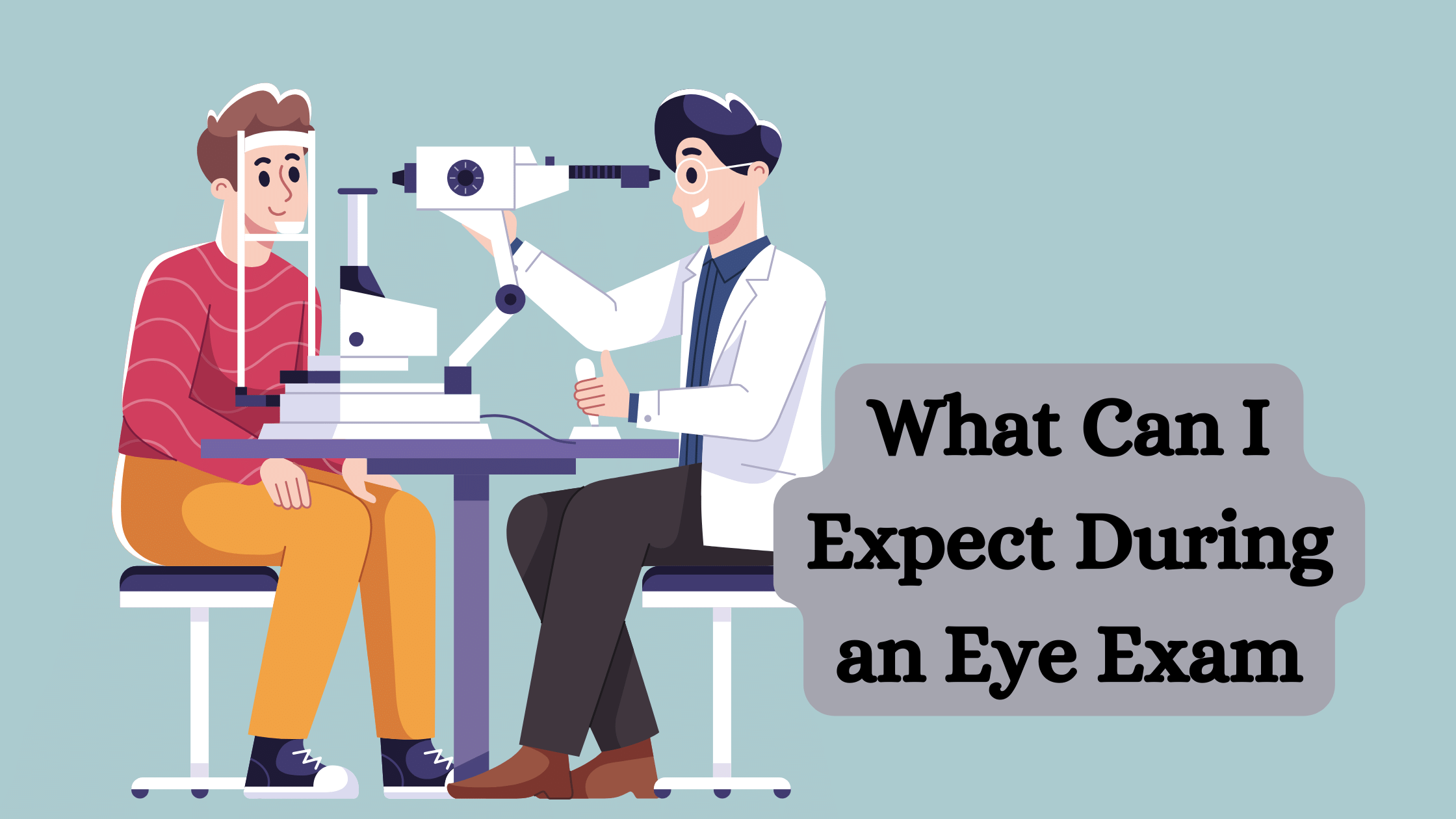
An eye exam is a series of tests performed by an optometrist or ophthalmologist to assess vision and the ability to focus on and discern objects. These tests also help detect eye diseases and conditions that could potentially impair vision. Eye exams are not just for those with poor vision—they are an important part of maintaining overall eye health, even for individuals with no noticeable vision problems.
During an exam, patients can expect their eye doctor to conduct a range of procedures to evaluate the health of their eyes and the quality of their vision. This often includes a visual acuity test, which measures the eyes’ ability to see details at various distances. The examination might also include tests for depth perception, color vision, eye muscle movements, peripheral vision, and the response of pupils to light.
Additionally, a thorough inspection of the eye’s interior and exterior will be performed. This may involve the use of specialized instruments to view the structures of the eye, such as the lens, cornea, and retina. Eye pressure will also be measured to check for signs of glaucoma, a common eye condition. For a comprehensive overview, sometimes eye drops are used to dilate the pupils, allowing the doctor a clearer view of the internal structures. These tests collectively provide vital information about the patient’s ocular health and can help in early detection of eye conditions.
Pre-Exam Procedures
Before the patient engages in a detailed eye examination, specific preliminary steps are taken to ensure comprehensive understanding and accurate assessment of ocular health.
Patient History
The patient’s ocular and medical history is meticulously collected. Key elements include:
- Current Vision Complaints: Symptoms, duration, and conditions affecting vision.
- Medical History: Chronic illnesses, medications, and any surgeries.
- Family Eye History: Diseases like glaucoma or macular degeneration that could impact patient risk factors.
- Visual Demands: Occupation and hobbies to determine daily visual requirements.
Preliminary Tests
Prior to a full eye examination, several preliminary tests are conducted:
- Visual Acuity: Measuring clarity or sharpness of vision using an eye chart.
- Refraction Assessment: Determining the lens power needed for clear vision.
- Eye Movement Test: Evaluating ocular alignment and tracking ability.
- Pupillary Reactions: Checking how pupils adjust to light and objects close up.
This basic but crucial information helps eye care professionals tailor the examination process to each individual’s needs.
Comprehensive Eye Assessment
During a comprehensive eye assessment, patients can expect a series of tests that evaluate the clarity of their vision, the accuracy of their eye refraction, the overall health of their eyes, intraocular pressure, and receive personalized recommendations based on the findings.
Visual Acuity Testing
Visual acuity testing involves the evaluation of how clearly a patient can see. This is often conducted using a Snellen chart, which consists of letters in decreasing size. Patients read the chart from a distance, and their ability to identify the characters determines their visual acuity, typically reported as fractions such as 20/20 or 20/40.
Refraction Assessment
Refraction assessment measures the eye’s ability to focus light accurately onto the retina. During this test, an optometrist uses a phoropter to present a series of lens choices to the patient, determining what prescription may be needed to correct myopia (nearsightedness), hyperopia (farsightedness), or astigmatism.
Health Evaluation
The health evaluation of the eye includes a thorough examination of both the external and internal structures. This is achieved through:
- Slit Lamp Examination: A microscope used to inspect the eyelids, cornea, conjunctiva, and iris.
- Ophthalmoscopy: A device allowing the optometrist to see the retina and optic nerve.
Pressure Measurement
Pressure measurement, or tonometry, screens for glaucoma by measuring the intraocular pressure (IOP) of the eye. Normal IOP ranges from 12 to 22 mm Hg. Values outside this range may indicate the need for further glaucoma testing.
Follow-Up and Recommendations
Based on the comprehensive eye assessment, the optometrist will advise the patient on any necessary corrective lenses, treatments, or further eye examinations. If issues are found, they may suggest a follow-up appointment at one of their multiple locations for more specialized tests or refer the patient to another eye care professional.